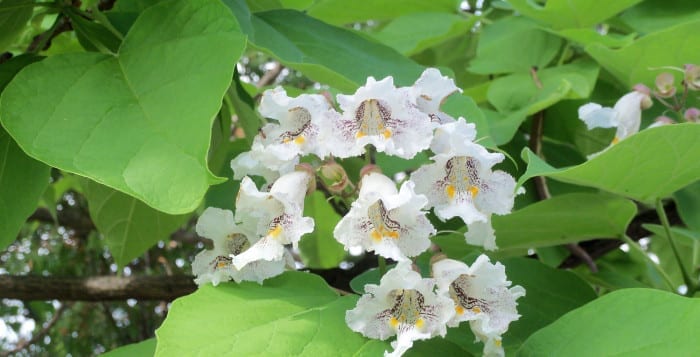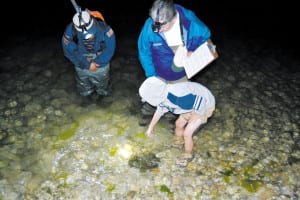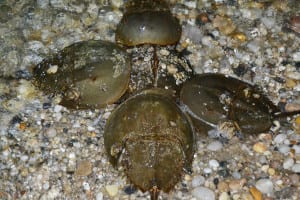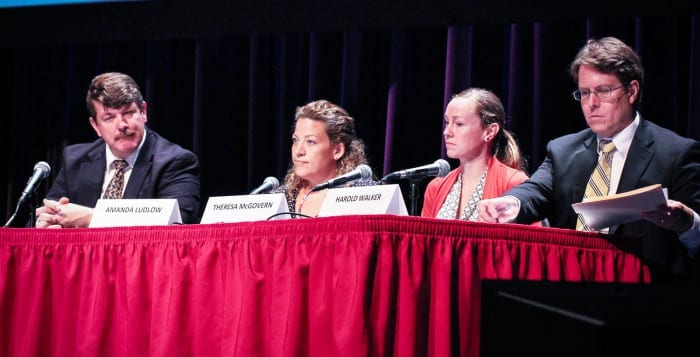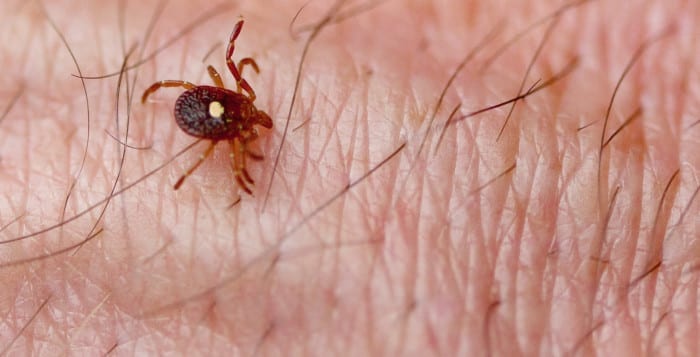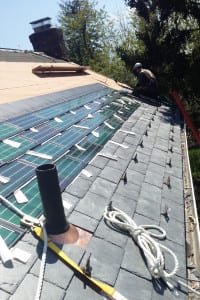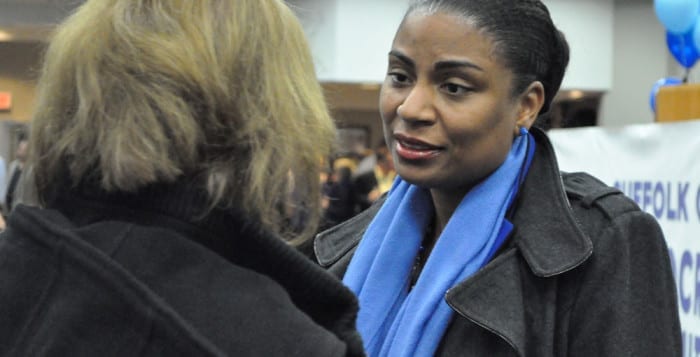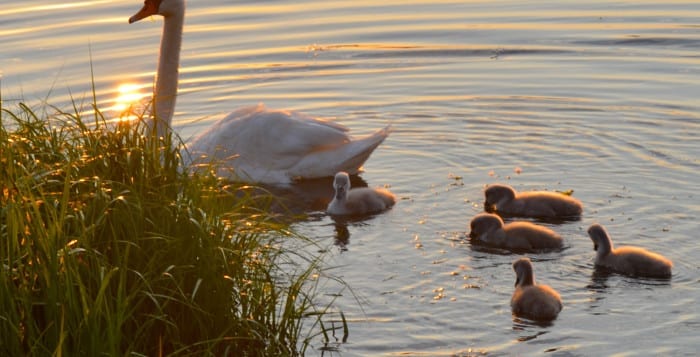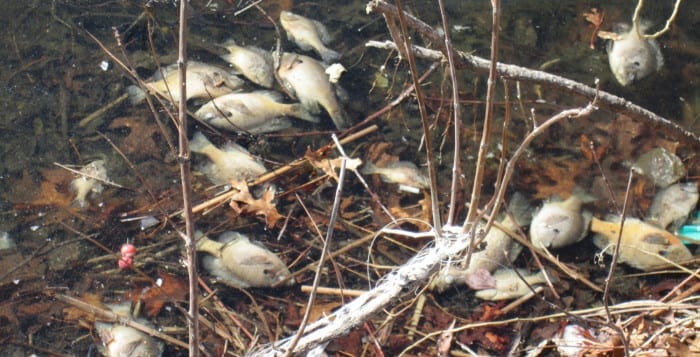By Ellen Barcel
There are two trees commonly seen on Long Island that look very much alike. They are both quick growing trees, with large heart-shaped leaves. Both have taproots. The major difference to the casual observer is that one has purple flowers in spring while the other has white flowers in early summer. The purple-flowered tree has round seedpods and the white-flowered tree has long string-bean-type seedpods.
Initially, many, many years ago, I assumed they were related, perhaps different varieties of the same tree. Wrong! What are these similar trees? The Royal Paulownia tree and the Catalpa tree.
Royal Paulownia Tree
Let’s start with the Paulownia (Paulownia tomentosa), also called the Empress tree and the Princess tree. The tree is a native of China and is extremely fast growing and a prolific producer of seeds. It is considered to be an invasive species, being brought to North America when the seeds were used as packing material for goods shipped from Asia. The seeds quickly took root and the tree has naturalized in North America. The wood of the Paulownia is used extensively in Asia for a variety of things.
Many people believe that it is an invasive plant, one that grows very quickly and therefore takes over forcing out the native species. As a result, it is listed on Suffolk County’s Management List of Invasive Species. It is recommended that it not be planted on Long Island especially near or on public land (see last week’s gardening column for details on the management list).
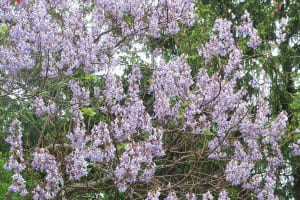
However, I recently came across several references to an article by Charles J. Smiley printed in the American Journal of Botany (1961) that the tree was actually native to North America as fossil leaves have been found from Washington State as far back as the Tertiary Period (66 million to 2.6 million years ago) and may have subsequently gone extinct here. Obviously, there is some disagreement among experts as the tree is still listed as invasive by a number of sources, including the New York Invasive Species Clearing House.
The American Paulownia Association can be reached at www.paulowniatrees.org. The group was “organized and developed through the joint efforts of the University of Tennessee and the University of Kentucky Extension Services” in 1991 and dedicated “to the advancement of Paulownia as a forest crop in the United States.”
The Paulownia prefers sun, grows in virtually any type of soil, is somewhat drought tolerant and does well in U.S. Department of Agriculture’s Hardiness Zones 5 to 11 (Long Island is 7). It has no significant disease or insect problems. The tree will even resprout from the root if cut down (remember that taproot), can reach heights of 70 to 100 feet and is long lived, reportedly from 60 to 100 years.
Catalpa Tree
The other tree, the Catalpa, is definitely native to North America. There are basically two varieties, northern (which grows here so well) and southern (which does well in warmer climates). Like the Paulownia, the tree is deciduous, losing its leaves in fall — quickly. In fact, it is one of the first trees to lose its leaves in fall.
The flowers of the Catalpa appear in late spring or early summer (mid-June this year) and resemble tiny orchids — white with purple throats — after the tree has leafed out. Like the Paulownia, the tree can reach a great height, easily up to 60 or more feet tall. The Catalpa grows well in hardiness zones 4 to 8. It does well in very acidic to neutral soil, pH 5.5 to 7.
The tree can be very long lived, reportedly 60 to possibly up to 100 years of age. One of mine died after about 25 years having been struck by lightning but did resprout from the root. Anthracnose (a fungal disease of some hardwood trees) can attack the leaves during very humid weather, but the tree itself usually survives quite well.
Because of its potential age, quick growth rate and hardiness, it makes a great shade tree. However, if you’re looking for autumn color, it will not provide it.
Ellen Barcel is a freelance writer and master gardener. To reach Cornell Cooperative Extension and its Master Gardener program, call 631-727-7850.

